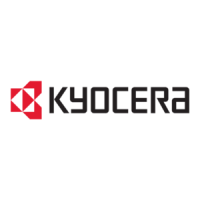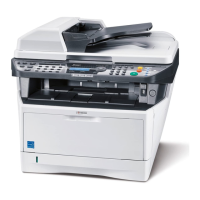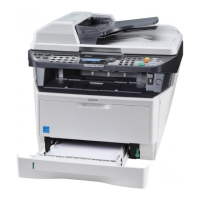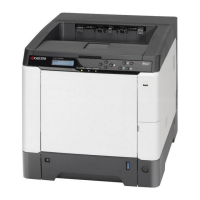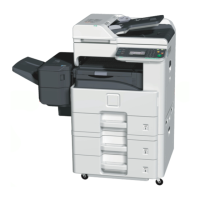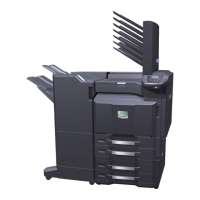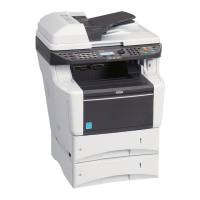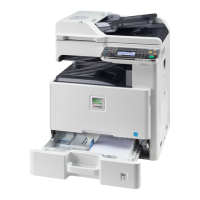Font Selection
4-11
!R! FTMD 13; FONT 19; EXIT;
For making many font changes within a document, use the ALTF (change to ALTernate
Font) and SETF (SET alternate Font) commands instead of FONT. To switch repeatedly
between fonts 6 and 8, for example, place the following sequence at the beginning of
your document:
!R! SETF 1,6; CMNT PrestigeEliteBM10-Roman;
SETF 2, 8; CMNT LetterGothicBM12-Roman;
EXIT;
Then use !R! ALTF1; EXIT; within the document to select font 6 and !R! ALTF2; EXIT;
to select font 8. The advantages of ALTF and SETF are that:
• The numbers are easy to remember (1 and 2 instead of 6 and 8).
• All the font number assignments are collected in one place, where they can be easily
checked.
• If you change your mind and decide to use LetterGothicBM12-Bold (font 9) instead
of LetterGothicBM12-Roman, all you have to change is one SETF command (from
SETF 2, 8; to SETF 2, 9;).
In emulation modes 1, 2, and 5, the SETF command can team up in a very effective way
with embedded word-processing commands. See Chapter 7 for details.
The SCF (Save Current Font) and RPF (Return to Previous Font) commands enable font
numbers to be managed in stack fashion. These commands are particularly useful at the
beginning and end of macros, and when you are using embedded commands of word-
processing software. To ensure that the saved font is retrieved with the correct code set,
add the SCCS (Save Current Code Set) and RPCS (Return to Previous Code Set) com-
mands to the SCF and RPF command, respectively.
For instance, to select a font using embedded commands, you can save the current font,
call a new font, enter the text and return to the previous font, as in the following
sequence.
!R! SCF; FONT 7; EXIT; (Text of footnote...)
!R! RPF; EXIT;
This sequence leaves the current font, prints the footnote in font 7 (PrestigeEliteBM7.2-
Roman), then returns to the previous font.
Placement of Font Commands
It is important to note that most existing word-processing software will not recognize
PRESCRIBE font selection commands. However, this software typically accommodates
embedded print commands whereby the PRESCRIBE command placed in a document is
recognized as a print command and not as document text. The following command
sequence demonstrates the embedded commands which might appear in a document.
Example of an appropriate command placement:
... end of previous paragraph.
!R! ALTF 2; EXIT;
Title or Heading !R! ALTF 1; EXIT;
Start of next paragraph ...
The first ALTF command appears on a blank line. The second ALTF command is placed
at the end of a short title or heading, so that it fits on the same line and does not affect the
line count.
